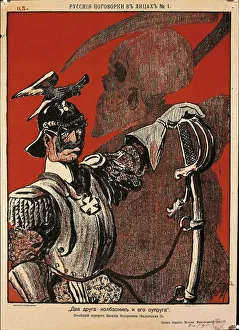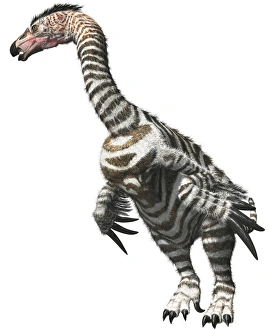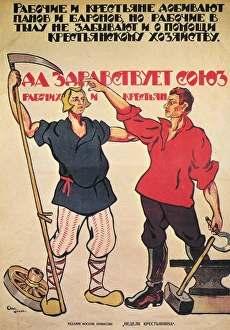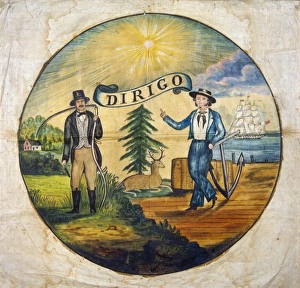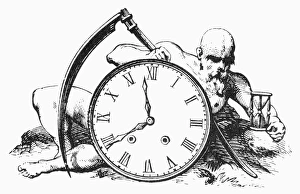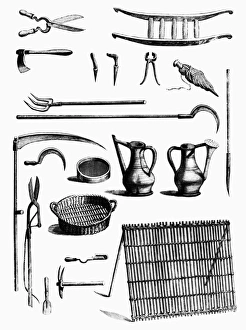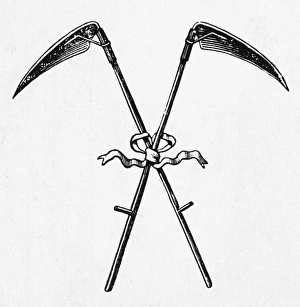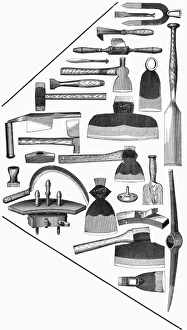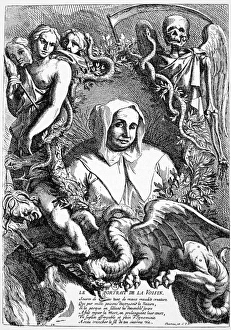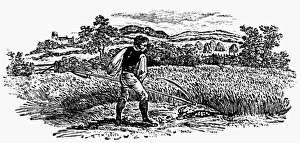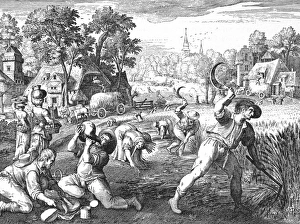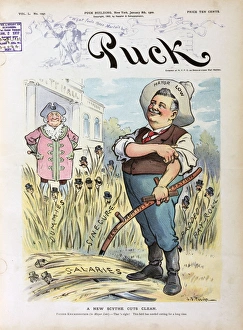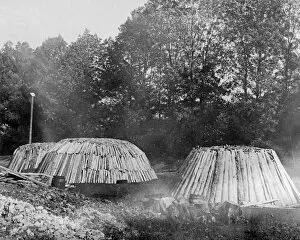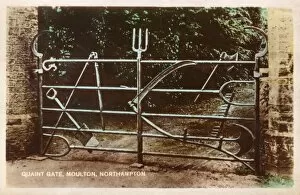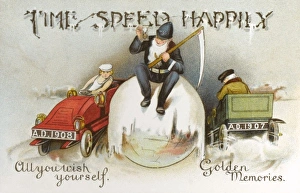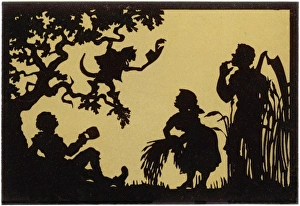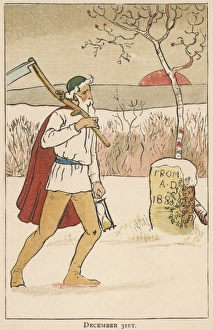Scythe Collection (page 19)
"The Scythe: A Timeless Symbol of Harvest, Death, and Labor" Throughout history, the scythe has played a significant role in various aspects of human existence
All Professionally Made to Order for Quick Shipping
"The Scythe: A Timeless Symbol of Harvest, Death, and Labor" Throughout history, the scythe has played a significant role in various aspects of human existence. In Pieter Bruegel the Elder's masterpiece "The Harvesters" from 1565, we witness feudal lords instructing peasant workers as they wield their scythes with precision and determination. This iconic painting captures the essence of laborious agricultural practices that have shaped societies for centuries. Symbolically, death personified on a Tarot card often wields a scythe, reminding us of life's transient nature and inevitable end. The image resonates with both fear and acceptance as we contemplate our mortality. In Winslow Homer's "The Veteran in a New Field, " painted in 1865, an American farmer stands tall amidst golden wheat fields armed with his trusty scythe. This poignant portrayal signifies resilience after war while emphasizing the vital role agriculture plays in rebuilding nations. From Draycott village to Oldborough Farm in Cotswold, men equipped with scythes have tirelessly worked to ensure bountiful harvests throughout generations. Vita Sackville-West eloquently captured this timeless scene at Kinchley Hill and Brazil Wood in Leicestershire where men skillfully maneuvered their tools through fields teeming with life. Not limited to rural settings alone, even schoolmasters and clergymen joined forces during harvest time at Weasenham camp in Norfolk. Their collaboration exemplifies unity within communities when it comes to reaping nature's rewards. Pauline Baynes' enchanting illustrations depict scenes from "The Farming Year, " showcasing farmers diligently using their scythes across seasons – sowing seeds under spring sun or harvesting crops beneath autumnal skies. These images remind us of the cyclical nature of farming intertwined with human existence itself. Beyond its practical use lies deeper symbolism; tarot card number thirteen - La Mort (Death).

